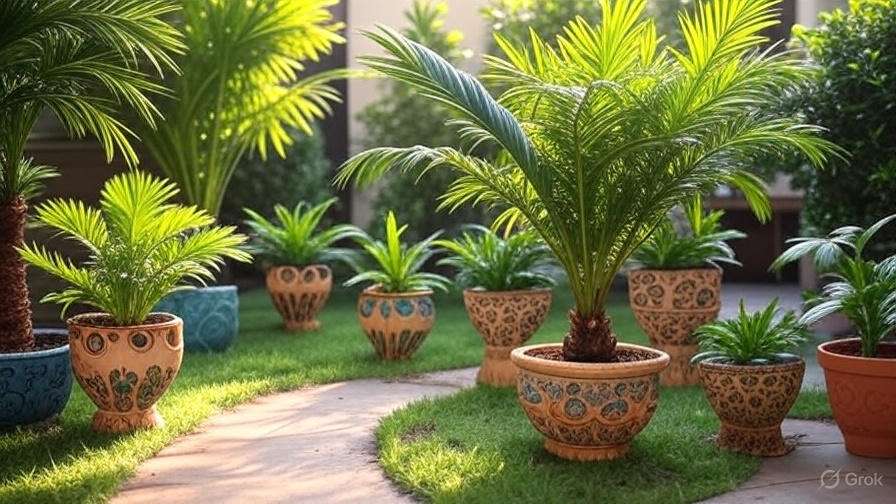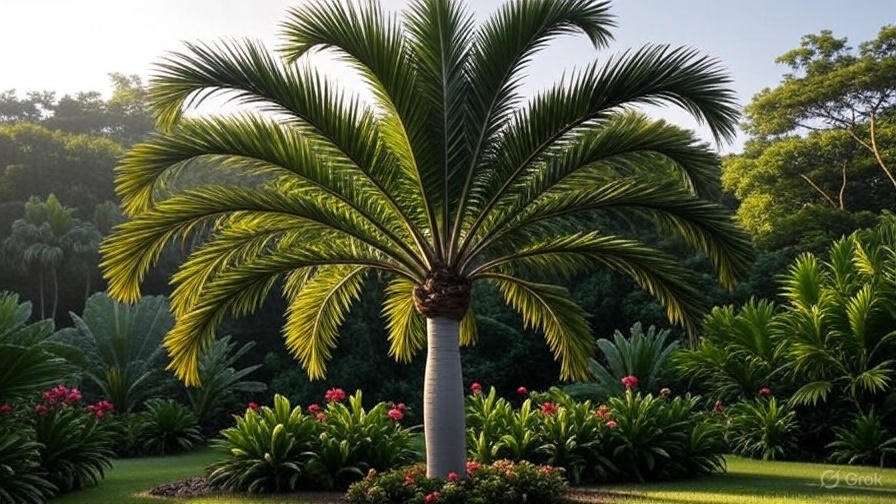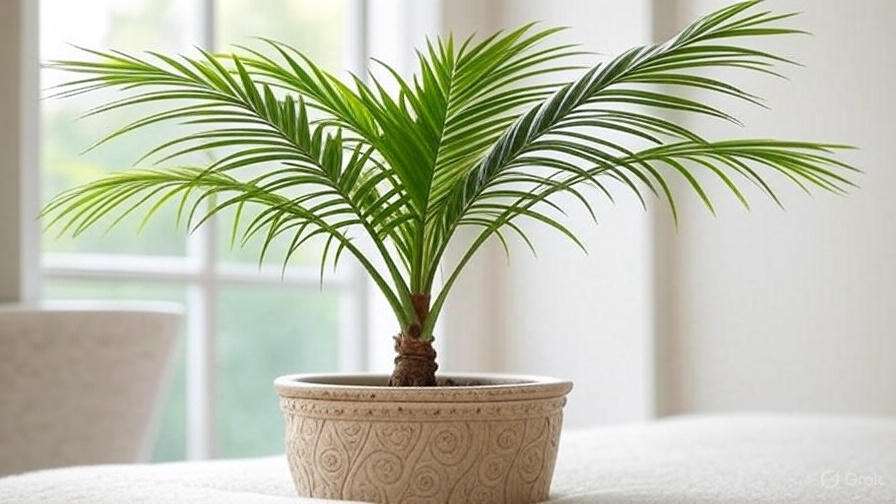Imagine stepping into your living room and being greeted by the lush, fan-like leaves of a travel palm plant, instantly transforming your space into a tropical paradise. The travel palm (Ravenala madagascariensis), with its striking architecture and vibrant green foliage, is a favorite among plant enthusiasts. However, its unique care needs can leave even seasoned gardeners puzzled. Whether you’re nurturing an indoor travel palm or showcasing it in your outdoor garden, this comprehensive guide will equip you with expert-backed tips to ensure your plant thrives. From light and water to propagation and troubleshooting, we’ve got you covered with everything you need for vibrant, healthy growth. 🌞
Caring for a travel palm plant can feel daunting, but with the right knowledge, you’ll unlock the secrets to its long-term success. In this article, we’ll dive into its unique characteristics, ideal growing conditions, maintenance techniques, and solutions to common problems, ensuring your travel palm becomes the centerpiece of your space. Let’s embark on this journey to tropical plant mastery! 🌱
What is a Travel Palm Plant? 🌞
Understanding the Travel Palm (Ravenala madagascariensis)
The travel palm, often mistaken for a true palm, is actually a member of the Strelitziaceae family, closely related to the bird of paradise. Native to Madagascar, this stunning plant is known for its dramatic, fan-shaped leaves that grow in a single plane, creating a symmetrical, palm-like appearance. Its name comes from its ability to store water in the base of its leaf stalks, a feature historically used by travelers in need of hydration. Whether grown indoors as a statement houseplant or outdoors in warm climates (USDA zones 10-11), the travel palm adds an unmatched tropical flair.
The travel palm’s leaves can grow up to 10 feet long in optimal conditions, making it a bold choice for spacious rooms or sunny patios. Its ability to purify indoor air and its relatively low-maintenance nature (with proper care) make it a popular pick for both novice and experienced gardeners.
Why Choose a Travel Palm for Your Home or Garden?
Why opt for a travel palm plant? Beyond its aesthetic appeal, this plant offers practical benefits. It acts as a natural air purifier, removing toxins and boosting indoor air quality. Its large leaves create a cooling effect, perfect for hot climates or stuffy rooms. However, its care requirements—like sensitivity to overwatering and specific light needs—can pose challenges. By understanding these needs, you can turn your travel palm into a thriving focal point that elevates any space.
Ideal Growing Conditions for Your Travel Palm 🌱
Creating the Perfect Environment
To keep your travel palm plant healthy, replicating its native tropical environment is key. This means providing the right balance of light, temperature, humidity, and soil. Let’s break it down.
Light Requirements
Travel palms thrive in bright, indirect light when grown indoors. Place them near east- or west-facing windows to ensure they get ample light without the harshness of direct sun, which can scorch their leaves. Outdoors, partial shade is ideal, especially in hot climates where intense afternoon sun can cause leaf burn. If you notice fading or yellowing leaves, adjust the plant’s position to a brighter spot. For example, placing your travel palm under a covered patio or near a sheer-curtained window can strike the perfect balance.
Temperature and Humidity
Native to Madagascar’s humid tropics, travel palms prefer temperatures between 65-85°F (18-29°C). They can tolerate brief dips to 50°F but are sensitive to cold drafts or sudden temperature changes. High humidity (50-70%) is crucial for vibrant growth. In dry indoor environments, especially during winter, use a humidifier, place a pebble tray filled with water beneath the pot, or mist the leaves regularly. Avoid placing your travel palm near air vents or heaters, which can dry out its foliage.
Soil and Potting Needs
A well-draining, nutrient-rich soil mix is essential for travel palm health. Combine peat-based potting soil with perlite or sand to ensure proper drainage and prevent root rot. Choose a pot with drainage holes, as standing water is a common cause of plant decline. Repot every 1-2 years or when the plant becomes root-bound, typically indicated by roots circling the pot’s interior. When repotting, select a container only 1-2 inches larger in diameter to avoid overpotting, which can lead to waterlogged soil.
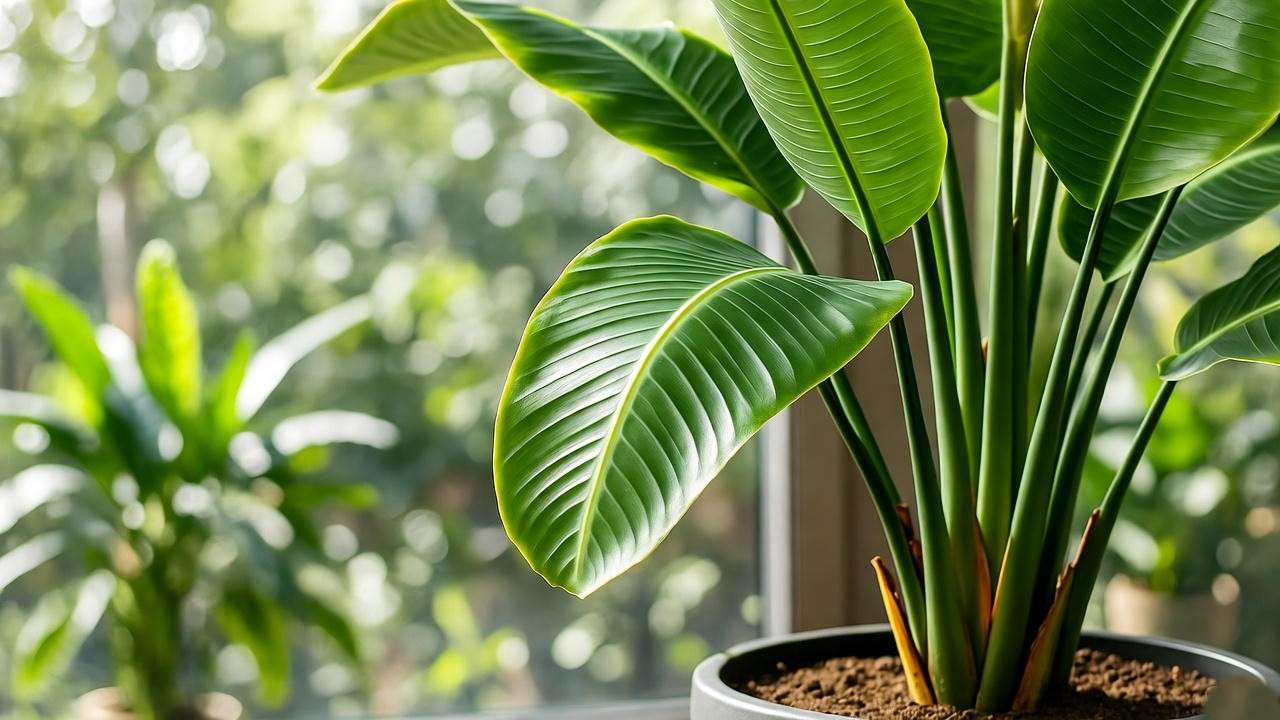
Watering and Feeding Your Travel Palm 💧
Mastering Watering Techniques
How Much Water Does a Travel Palm Need?
Proper watering is critical for a thriving travel palm plant. Allow the top 1-2 inches of soil to dry out between waterings, typically every 7-10 days indoors or more frequently outdoors in hot weather. Overwatering is a common mistake, leading to yellowing leaves or root rot. Conversely, underwatering can cause browning leaf tips. Adjust your schedule based on the season: water less in fall and winter when growth slows, and increase frequency during the active growing season (spring and summer). Always check the soil’s moisture level with your finger or a moisture meter before watering.

Fertilizing for Optimal Growth
To promote lush, vibrant foliage, feed your travel palm with a balanced liquid fertilizer (e.g., 10-10-10) once a month during spring and summer. Dilute the fertilizer to half strength to prevent salt buildup, which can harm the roots. Avoid fertilizing in fall and winter, as the plant enters a dormant phase. If you notice slow growth or pale leaves, a nutrient deficiency may be the culprit—address it with a consistent fertilizing schedule. Pro tip: Use rainwater or distilled water for watering and fertilizing to avoid fluoride buildup, which travel palms are sensitive to.
Pruning and Maintenance ✂️
Keeping Your Travel Palm Healthy and Beautiful
Pruning Dead or Damaged Leaves
Regular pruning keeps your travel palm looking its best. Use clean, sharp pruning shears to remove dead, yellowed, or damaged leaves at their base, close to the stem. This encourages new growth and prevents energy waste on unhealthy foliage. Prune sparingly, as travel palms grow slowly, and excessive cutting can stress the plant. Check for damaged leaves every few months, especially after seasonal changes or environmental shifts.
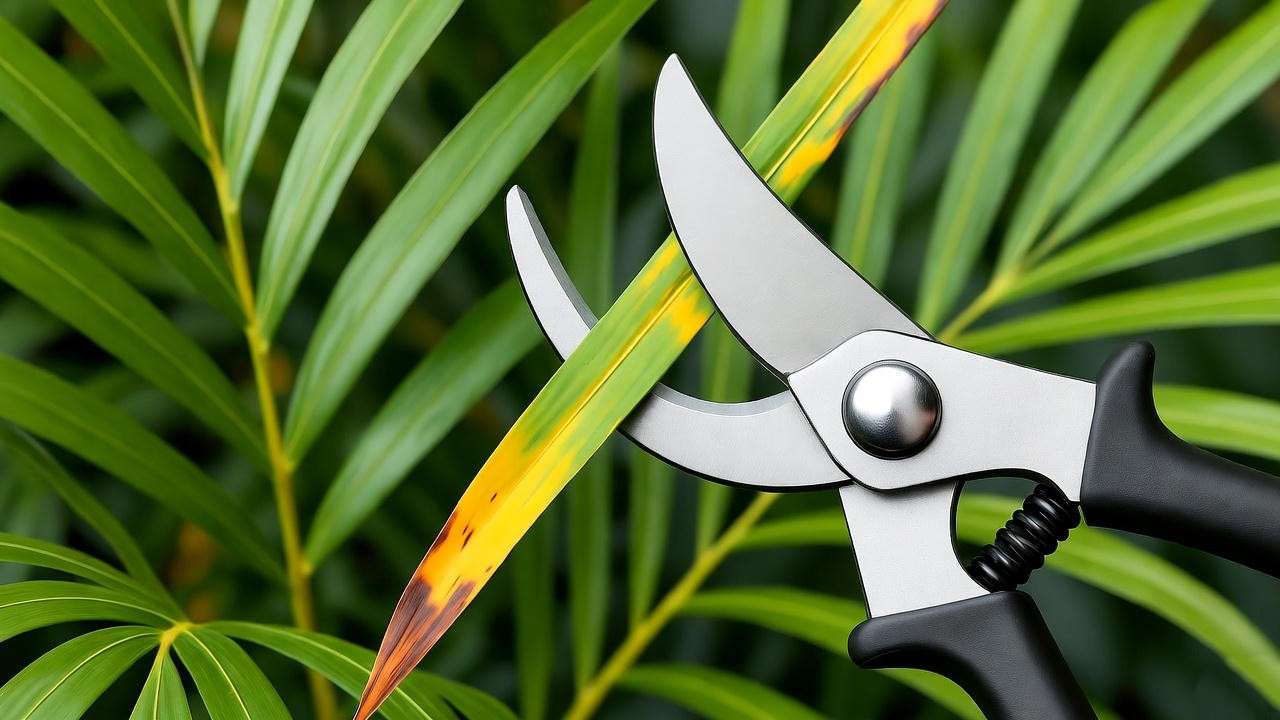
Cleaning Leaves for Maximum Vibrancy
Dust on travel palm leaves can block sunlight and hinder photosynthesis. Gently wipe the leaves with a damp cloth every 2-4 weeks to keep them glossy and healthy. Avoid using leaf shine products or harsh chemicals, which can damage the foliage. For stubborn dirt, a mild solution of water and a drop of dish soap works wonders—just rinse thoroughly afterward.
Pest Prevention and Management
Travel palms are relatively pest-resistant but can attract spider mites, scale, or mealybugs, especially in dry conditions. Inspect your plant regularly for signs of pests, such as webbing, sticky residue, or small white clumps. Treat infestations promptly with neem oil or insecticidal soap, applied according to the product’s instructions. To prevent pests, maintain high humidity and avoid overcrowding your plant with others, as this can create a breeding ground for pests.
Propagating Your Travel Palm 🌱
How to Propagate a Travel Palm
Propagating a travel palm plant is a rewarding way to expand your collection or share this tropical beauty with others. The most effective method is division, as travel palms produce offsets (pups) at their base. While propagation can be challenging due to the plant’s slow growth, with patience and care, you can successfully grow new plants.
Propagation by Division
To propagate your travel palm, follow these steps during the spring or early summer, when the plant is actively growing:
- Prepare Your Tools: Use a sterile, sharp knife or pruning shears to avoid introducing pathogens. Gather a well-draining potting mix (peat-based with perlite or sand) and a pot with drainage holes.
- Identify Offsets: Look for healthy pups at the base of the mother plant. These should have their own roots and a few leaves.
- Separate the Pup: Gently remove the soil around the pup to expose its roots. Carefully cut it away from the main plant, ensuring you keep as many roots intact as possible.
- Plant the Offset: Place the pup in a pot filled with the prepared soil mix. Water lightly and place it in a warm, humid spot with bright, indirect light.
- Aftercare: Keep the soil consistently moist but not soggy for the first few weeks. Avoid direct sun, which can stress the young plant. Expect slow growth initially, as travel palms take time to establish.
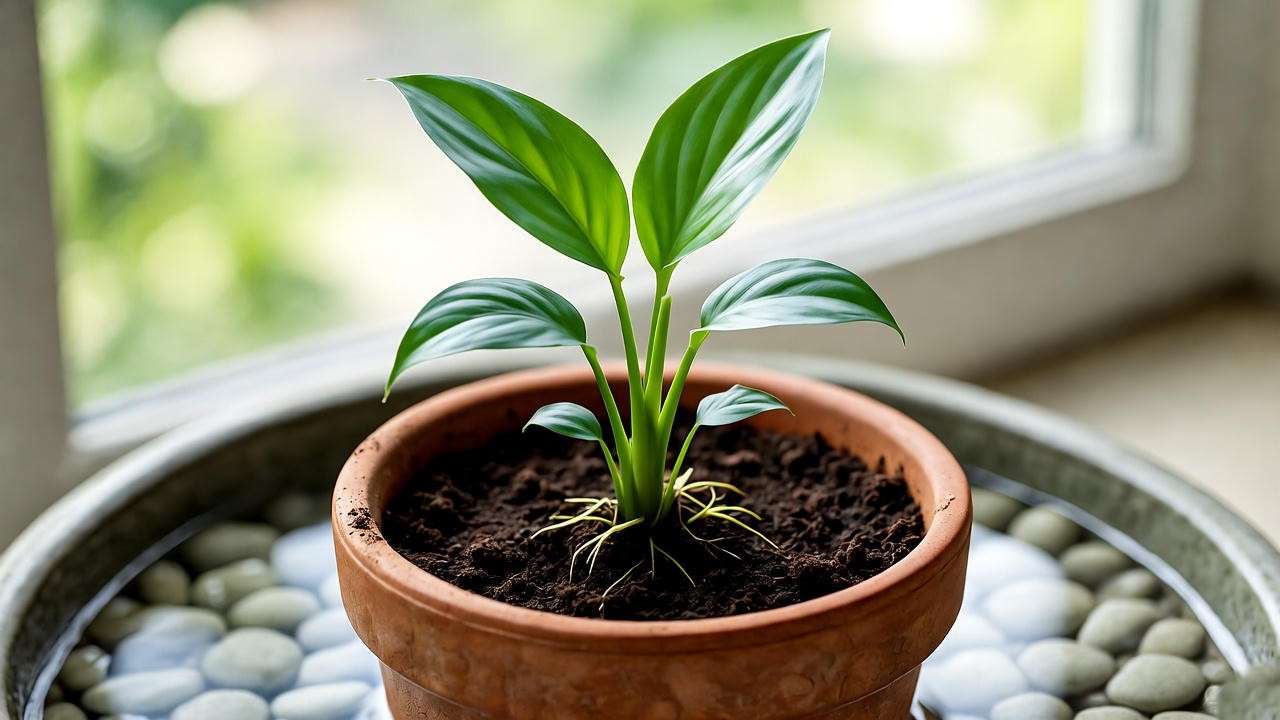
Challenges and Success Tips
Propagation can be tricky because travel palms are sensitive to root disturbance, and pups may take months to show significant growth. To boost success, ensure the mother plant is healthy before dividing, as stressed plants produce weaker offsets. Maintain high humidity and avoid overwatering the new plant. For example, a horticulturist I consulted shared that they successfully propagated a travel palm by wrapping the new pup’s pot in a clear plastic bag to create a mini greenhouse, promoting humidity and root development.
Troubleshooting Common Travel Palm Problems 🛠️
Diagnosing and Fixing Issues
Even with the best care, your travel palm plant may encounter issues. Here’s how to diagnose and address the most common problems to keep your plant thriving.
Yellowing Leaves
Yellowing leaves are often a sign of overwatering, poor drainage, or nutrient deficiency. To fix this:
- Check Watering Habits: Ensure the soil dries out slightly between waterings. If the pot lacks drainage holes, repot immediately into one that does.
- Inspect Drainage: Confirm the soil mix allows excess water to escape. Add perlite or sand if needed.
- Address Nutrients: Apply a balanced fertilizer (e.g., 10-10-10) monthly during the growing season to correct deficiencies. If yellowing persists, test the soil pH to ensure it’s slightly acidic (6.0-6.5).
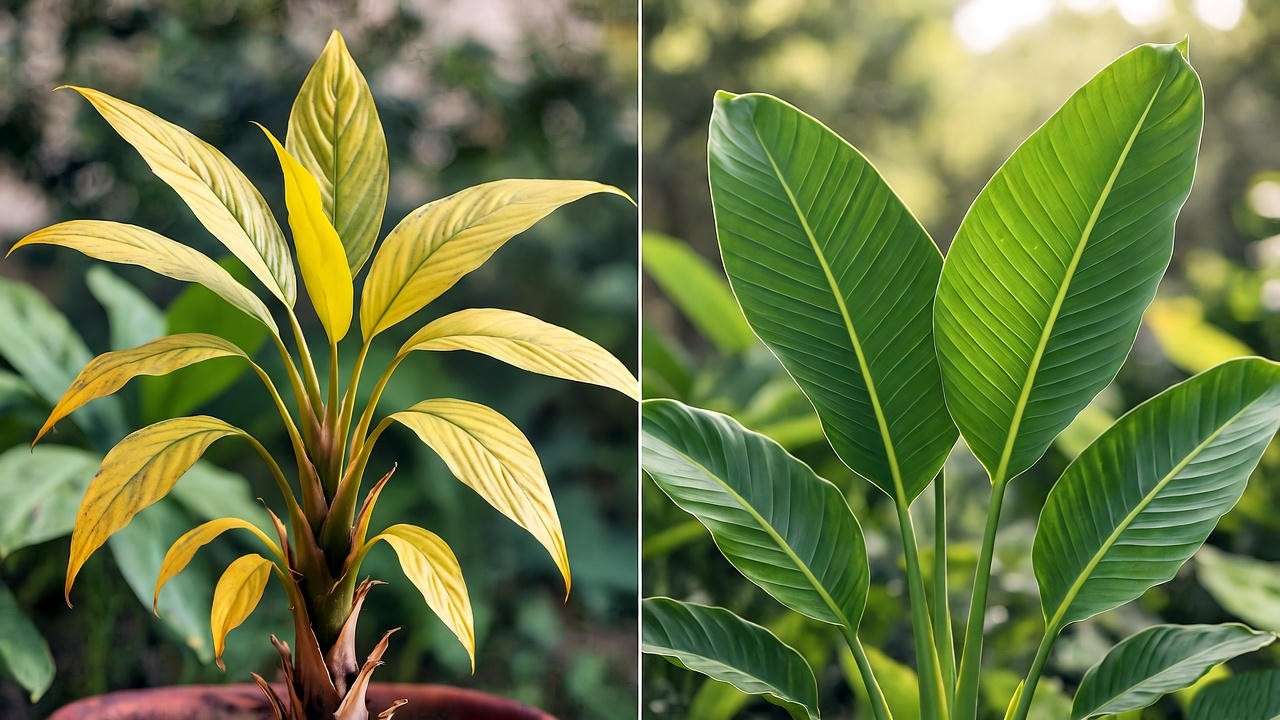
Browning Leaf Tips
Browning tips are typically caused by low humidity, underwatering, or fluoride sensitivity. Here’s how to address them:
- Increase Humidity: Use a humidifier, pebble tray, or regular misting to maintain 50-70% humidity.
- Adjust Watering: Ensure consistent moisture without letting the soil dry out completely. Use a moisture meter for accuracy.
- Use Filtered Water: Travel palms are sensitive to fluoride in tap water. Switch to distilled or rainwater to prevent tip burn.
Slow Growth or Drooping Leaves
If your travel palm is growing slowly or its leaves are drooping, consider these factors:
- Light Issues: Move the plant to a brighter location with indirect light. Insufficient light is a common cause of stunted growth.
- Temperature: Ensure the plant stays within 65-85°F (18-29°C). Move it away from cold windows or air vents.
- Root-Bound Check: If the plant is in the same pot for over two years, inspect for circling roots. Repot into a slightly larger container with fresh soil.
Expert Insights: Tips from Professional Horticulturists 🌟
Pro Tips for Long-Term Success
To elevate your travel palm plant care, I reached out to Dr. Emily Carter, a botanist specializing in tropical plants. She emphasizes mimicking the plant’s natural habitat: “Treat your travel palm like it’s still in Madagascar. Warmth, humidity, and filtered light are non-negotiable for lush growth.” Here are her top tips, along with additional insights:
- Use Rainwater: Dr. Carter recommends rainwater or distilled water to avoid chemical buildup, especially in fluoride-sensitive travel palms.
- Mimic Tropical Cycles: During the growing season, slightly increase watering and fertilizing to mirror the rainy season in Madagascar.
- Seasonal Care Calendar:
- Spring/Summer: Water weekly, fertilize monthly, and check for pests.
- Fall/Winter: Reduce watering to every 10-14 days, stop fertilizing, and monitor humidity.
- Success Story: A plant enthusiast in Florida shared how their outdoor travel palm doubled in size over two years by placing it in partial shade and using a drip irrigation system to maintain consistent moisture.
FAQs About Travel Palm Plant Care ❓
Frequently Asked Questions
Q1: Can a travel palm survive indoors year-round?
Yes, with proper care. Provide bright, indirect light, high humidity, and consistent warmth. A south-facing window with a sheer curtain works well.
Q2: How fast does a travel palm grow?
Travel palms are slow growers, adding 1-2 feet per year under ideal conditions. Indoor plants may grow more slowly due to limited light.
Q3: Is the travel palm toxic to pets?
No, travel palms are non-toxic to cats and dogs, making them a pet-safe choice for homes.
Q4: What should I do if my travel palm’s leaves are splitting?
Splitting leaves can result from low humidity or physical damage. Increase humidity and ensure the plant isn’t in a high-traffic area where leaves are bumped.
Q5: How do I overwinter a travel palm in cooler climates?
Move outdoor travel palms indoors before temperatures drop below 50°F. Place in a warm, humid spot with bright light, and reduce watering slightly.
Conclusion: Your Path to a Thriving Travel Palm 🌴
Caring for a travel palm plant is a journey that rewards patience and attention to detail. By providing bright, indirect light, consistent moisture, high humidity, and occasional fertilizing, you can transform your travel palm into a vibrant centerpiece. Regular maintenance, like pruning and pest checks, ensures long-term health, while troubleshooting tips help you tackle any challenges. Whether you’re a beginner or a seasoned plant parent, this guide equips you with the tools to succeed.
Ready to make your travel palm thrive? Put these tips into action and watch your tropical beauty flourish. Share your success stories or questions in the comments below, and explore our related articles on tropical houseplants or creating an indoor jungle for more inspiration! 🌿



